Fruits that start with W are a fascinating topic for any fruit lover or individuals interested in diversifying their diet. Beyond watermelons, wax apples, and wild strawberries, there are many other options worth discovering.
Some fruits that I introduce start with “wild” in their name, signifying their flavorful and refreshing qualities. In some cases, they are an entirely different species; for example, wild oranges aren’t the same as oranges in any way.
My suggestions mainly concern berries, tropical fruits, and citrus fruits. Continue reading and discovering 17 must-try choices, which are among the best W-named foods that you can find.
Since some W-letter fruits are also vegetables, I have an entire section for vegetables that start with W as well.
17 Wonderful Fruits That Start With W With Filter
Continue reading to learn about the best 17 W-named fruits, which are arranged in order of popularity. The more you scroll down, the more unusual the options will become.
Use interactive filters to improve your reading experience. Feel free to categorize the fruits according to various labels, including national fruits, exotic fruits, fruits used as vegetables, fruits for dishes, fruits for beverages, and fruits for garnish.
Watermelon
- Turkmenistan
- For Beverages
- For Dishes
- For Garnish
- National
Watermelon is a berry fruit with an incredibly long history. It was domesticated in northeastern Africa at least 4,000 years ago, and many pharaohs in ancient Egypt had watermelons placed in their burial chambers.
As the ultimate summer fruit, watermelons thrive in warm climates worldwide. Each fruit showcases a thick green rind with stripes or spots and contains juicy, sweet red or yellow flesh sprinkled with black seeds.
Interestingly, while yellow watermelons are less popular than their red cousins, they were actually the first variety to be cultivated.
With a refreshingly sweet flavor and high water content, watermelons are a sought-after fruit for hydration during hot weather. Watermelon-based salads, desserts, smoothies, and juices are also popular.
Wax Apple
- For Beverages
- For Dishes
- For Garnish
Wax apple, also known as Java apple or wax jambu, is a bell-shaped berry fruit indigenous to Southeast Asia. It is part of a larger fruit family called the rose apple.
Wax apples boast shiny, waxy skin that ranges from light pink to deep red. Their flesh is crisp, mildly sweet, and watery, creating a more refreshing flavor than apples.
A typical wax apple tree bears fruit twice a year, especially at the start of monsoon season, from May to July. While crunchy wax apples are delicious enough on their own, a dip made of salt and chili powder will greatly improve the taste.
Wild Strawberry
- For Beverages
- For Dishes
- For Garnish
Wild strawberry, also known as European strawberry, Alpine strawberry, or woodland strawberry, is a strawberry variety that grows in the wild in Europe and North America.
Compared to their common counterparts, wild strawberries are smaller yet more intense in flavor and aroma. They boast a bright red color, a soft, juicy texture, and a perfect balance of sweetness and acidity.
Despite their superior quality, wild strawberries are not commercially cultivated because of their low yield. Nevertheless, many people forage for these fragrant strawberries to enjoy fresh or to incorporate them into gourmet desserts and baked goods.
White Sapote
- Exotic
- For Beverages
- For Dishes
White sapote, also known as Mexican apple or casimiroa, is a tropical fruit indigenous to Mexico and Central America. It has a round to oval shape and smooth, green skin that turns yellowish when ripe.
The custard-like flesh inside a white sapote is creamy, soft, and white, with a few large, inedible seeds in the middle. Its taste is sweet and full of tropical goodness.
The original Nahuatl name of the white sapote is cochitzapotl, which means something like “sleep sapote.” However, it is the leaves and seeds rather than the fruit of the white sapote that have a sleep-inducing effect.
Wolfberry
- For Beverages
- For Dishes
Wolfberry, also known as goji berry or goji, is a bright orange-red berry widely used in Chinese cuisine. It has been used for thousands of years in traditional Chinese medicine and cooking.
Hailing from the temperate regions, wolfberries are typically harvested in the summer and winter. They have a sour and slightly sweet taste.
Wolfberries are often dried like raisins and used as a versatile ingredient in herbal teas, soups, and desserts. However, fresh wolfberries are also perfect for eating raw or preparing fruit juices.
West Indian Cherry
- For Beverages
- For Dishes
- For Garnish
West Indian cherry is an evergreen berry indigenous to many parts of the Americas. It has many other names, such as wild crepe myrtle, Barbados cherry, Guarani cherry, and acerola.
Ripe West Indian cherries have a bright red appearance and offer a considerable tart flavor, though they sometimes taste quite sweet. These cherries are usually eaten fresh or used in liqueurs, desserts, and preserves.
Nowadays, West Indian cherries are grown in many tropical countries around the world, especially those in Asia and Africa. The fruit’s rich nutritional values are part of the appeal, especially the high vitamin C content.
Wax Gourd
- For Beverages
- For Dishes
- Fruit Vegetables
Wax gourd, also known as ash gourd, winter gourd, or ash pumpkin, is a fruit vegetable in the gourd family. Though native to Southeast Asia, it has a long history of cultivation that stretches across Asia, especially in India, China, Japan, and Indonesia.
The name “wax gourd” comes from the protective waxy coating this fruit acquires upon reaching maturity. Depending on the storage condition, this layer helps preserve wax gourds for 2 to 6 months.
Apart from the long shelf life, the versatility in cooking is another attraction of wax gourds. Their pale green to white flesh boasts a very mild, almost bland taste that allows other flavors to shine in soups, stews, stir-fries, candies, and beverages.
Wild Lowbush Blueberry
- For Beverages
- For Dishes
- For Garnish
Wild lowbush blueberry is a berry fruit mainly found in the eastern and central regions of Canada and the northeastern part of the US. The indigenous peoples had harvested it long before contact with Europeans.
Unlike its cultivated cousin, which is the highbush blueberry, the wild lowbush blueberry grows close to the ground and suits harsh, cold climates. Its fruits have an intense blue-purple color and deeply sweet and tangy flavors.
Many people find wild lowbush blueberries smaller yet more robust than regular blueberries. If you want your pies, jams, smoothies, and breakfast bowls to be more flavorful, a handful of these juicy berries will make a great difference.
Winter Squash
- For Dishes
- Fruit Vegetables
Winter squash is a general term for all squash fruits that are cultivated when they are fully mature and can be stored for a long time. The most popular varieties include pumpkins, kabocha, butternut squashes, acorn squashes, and spaghetti squashes.
These squashes vary in appearance and color, from cylindrical to disc-shaped and from light yellow to vibrant orange. Their flesh is usually firm, sweet, and nutty in flavor, suitable for roasting, baking, or pureeing.
Winter squashes have a thick rind that separates them from thin-skinned and tender summer squashes. Traditionally, people harvest winter squashes in fall and store them for winter, hence the name.
Wood Apple
- Exotic
- For Beverages
Wood apple, also known as bael, golden apple, or stone apple, is a tropical fruit found in many parts of Southeast Asia and South Asia. Its history traces back thousands of years and is embedded in various cultural traditions, such as Buddhism, Hinduism, and Ayurvedic medicine.
Each ripe wood apple has a hard, woody shell that you should break open with a hammer or a blunt knife. You will be greeted with a strong smell similar to blue cheese, but the pulp inside is as sweet and deliciously sour as tamarind.
The wood apple interior can be scooped out with a spoon and eaten fresh or incorporated into refreshing beverages.
Wild Orange
- Exotic
- For Beverages
Wild orange is a popular term for several citrus fruits that resemble oranges but don’t necessarily have to be related to the orange family. There are two notable varieties: cabuyao and the native orange.
Cabuyao (Citrus macroptera) is native to parts of South Asia. Also known as Melanesian papeda, it is the size of a grapefruit, covered in yellow or green-yellow rind, and full of bitter and sour pulp.
The native orange (Capparis mitchellii) is also known as bumble tree or native pomegranate. It is a specialty of inland Australia, featuring edible yellow pulp with a sweet smell and floral aromas.
Wampee
- Exotic
- For Beverages
- For Dishes
Wampee, also spelled as wampi, is a small citrus fruit found in South China and Southeast Asia. It grows in grape-like clusters of fruit during summer in tropical regions.
Upon reaching maturity, wampees have yellowish skin, a fragrant smell, and a mix of sweetness and acidity. Though you can eat them raw, combining these fruits with meat or other ingredients in cooking is also a terrific idea.
Fruits aren’t the only edible part of the wampee. For example, its thin skin tastes slightly peppery, while the leaves and roots can be used as flavorings in cooking.
Wineberry
- Exotic
- For Dishes
Wineberry, also known as Japanese wineberry or wine raspberry, is a juicy fruit indigenous to East Asia. It is a local raspberry variety and was introduced to North America and Europe to improve the raspberry stock in the 19th century.
Adapting to temperate regions, wineberries are characterized by their bright red, glossy appearance. These berries ripen in late summer, producing a sweet-tart taste with mild wine-like flavors.
With their unique flavor profile, wineberries are ideal for fresh eating as well as making jams and desserts. In the US, wineberries are often foraged rather than commercially grown since they are declared an invasive species in many states.
Wine Palm Fruit
- Angola
- Exotic
- For Beverages
- For Dishes
- National
Wine palm is a generic name for several types of palm trees, but only the toddy palm, also known as ice apple or palmyra palm, produces delicious edible fruits. It is indigenous to South Asia and Southeast Asia.
A typical wine palm fruit is encased in a hard shell similar to that of a coconut and contains sweet, gelatinous, almost transparent pulp. Eating this flesh part, you will think of coconut water turned into a soft, jelly-like texture.
Wine palm fruits are highly cooling and hydrating, especially in the scorching summer months. People often turn them into desserts or cold beverages for a tropical twist.
Wild Sugar Apple
- For Beverages
- For Dishes
Wild sugar apple, also known as rollinia or biribá, is a tropical fruit from South America. Though a lesser-known relative of the sugar apple, it boasts a distinctive look with its considerable size and yellow spiky exterior.
Flavor-wise, wild sugar apples deliver a perfect blend of sweetness and tartness in their creamy white flesh. Since these fruits are easy to spoil, you should always store them in the refrigerator if you don’t plan to consume them right away.
Wild Water Lemon
- Exotic
- For Beverages
Wild water lemon is a tropical fruit hailing from the American tropics, though it can now be found in many regions around the world. Its numerous alternative names include running pop, stinking passionflower, bush passion fruit, wild maracuja, stoneflower, and love-in-a-mist.
The size of a large grape, wild water lemons have thin, yellow to orange skin with a translucent, jelly-like interior. Each fruit is covered in soft yellow hairs that grow from the stems.
Despite having “lemon” in their name, wild water lemons are mildly sweet with a faint citrus-like flavor, and they are primarily consumed for their flesh rather than their juice.
People often consume wild water lemons as a refreshing snack or use them in cooling beverages.
Wahoo
- Exotic
Wahoo, also known as burning bush, is a red fruit native to North America. It boasts a beautiful look but doesn’t have any culinary appeal
Wahoo fruits are smooth capsules with four lobes in shades of purple or pink. When the wahoo fruit capsules break open, you can see the bright reddish-orange seeds inside.
Wahoo fruits are poisonous to people, though other parts of the tree have medicinal properties. For example, Native Americans and the early settlers used powdered bark to treat stomach problems.
Now that you have a solid knowledge of the most well-known W-letter fruits, I will briefly describe a few popular vegetables that also start with W.
Now that you have a solid knowledge of the most well-known W-letter fruits, I will briefly describe a few popular vegetables that also start with W.
What Are Common Vegetables That Start With W?
Below is a short list of the most popular whose names begin with W.
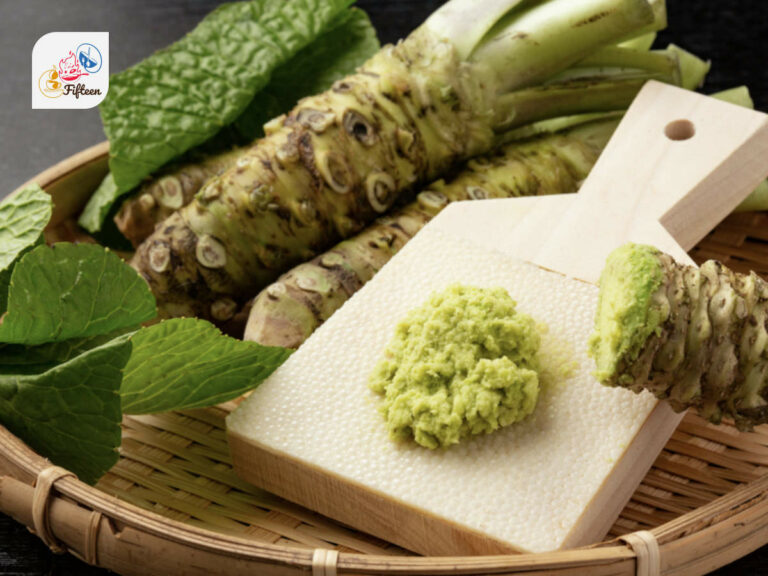
Wasabi
Wasabi, also known as Japanese horseradish, is a green root vegetable with a spicy and peppery flavor.
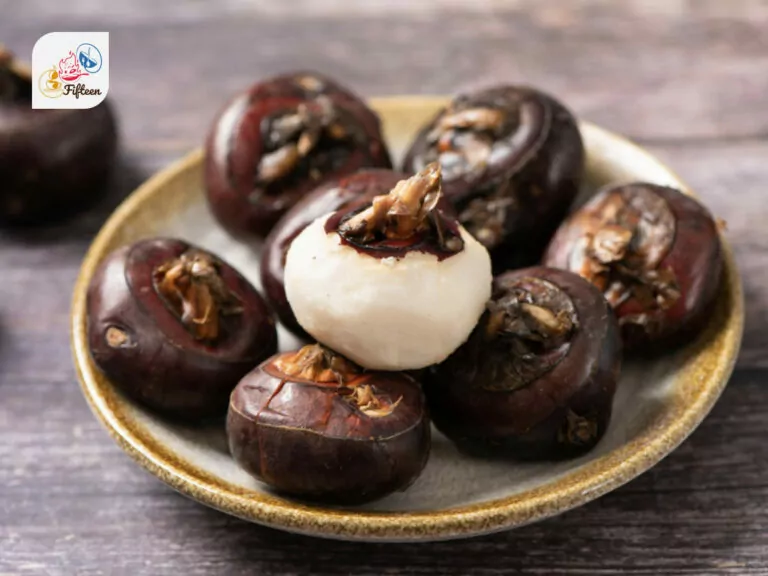
Water Chestnut
Water chestnut is a crisp and juicy root vegetable that has a subtly sweet flavor and is used in Southeast Asian and East Asian cuisine.
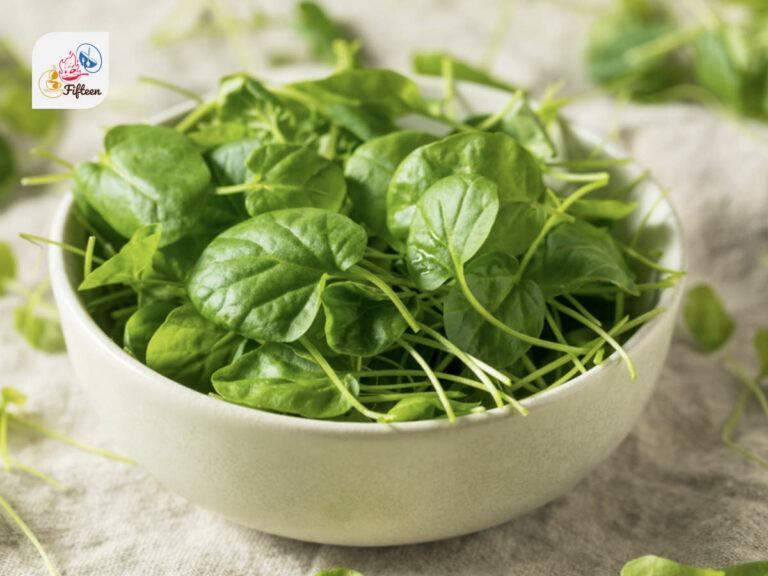
Watercress
Watercress is a tender and succulent leafy vegetable in the mustard family, offering a fresh and slightly bitter flavor.
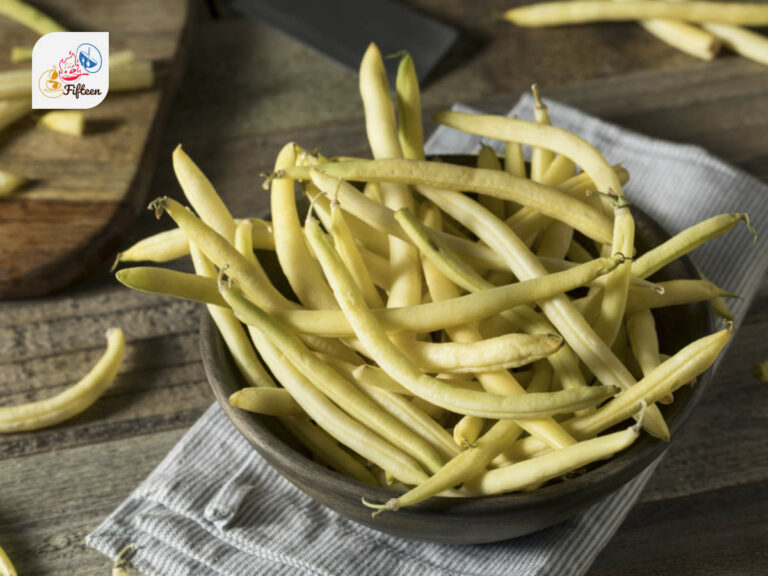
Wax Bean
Wax bean, also known as yellow bean or butter bean, is a legume variety with a tender, crisp texture and mildly sweet flavor.
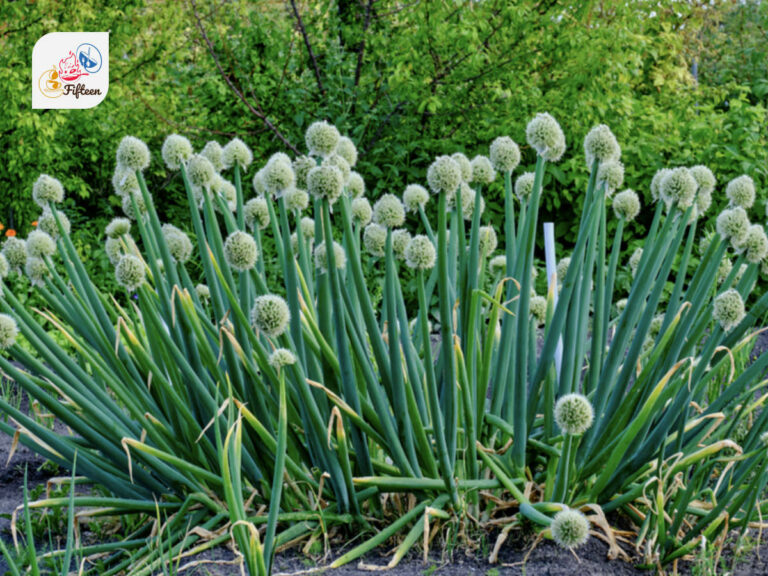
Welsh Onion
Welsh onion, also known as spring onion or green onion, is a root vegetable with flavorful bulbs and leaves.
If you want to check out more vegetables that start with W, I have just the thing for you.
Let’s get back to the fruits; have you found your favorite fruits from my suggestions? Do you have any great choices to add? I’m all ears for your feedback, so go ahead and tell me what you think in the comment section.
And don’t forget to share these fruits that start with W with your friends! Plus, you can keep your venture going with other fruits that have their names start with other alphabets.


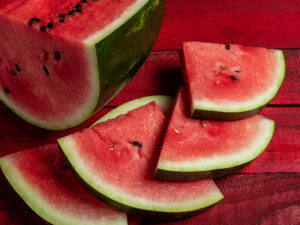
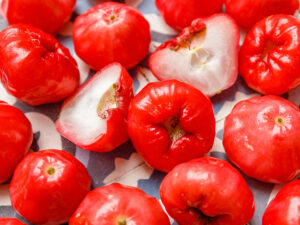
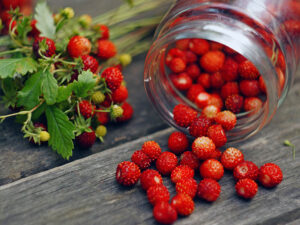
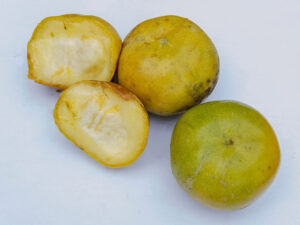
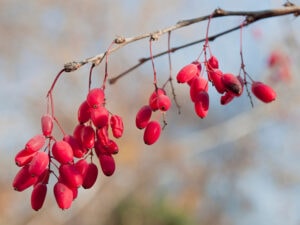
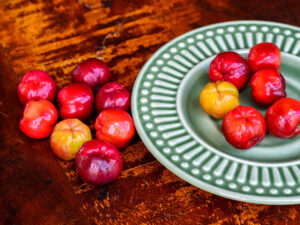
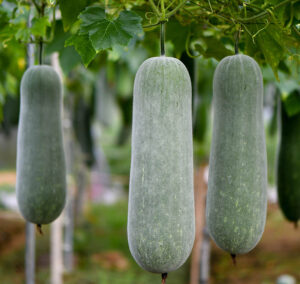
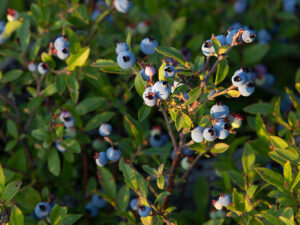
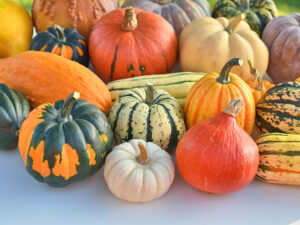
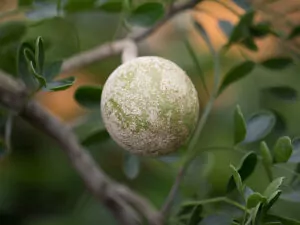
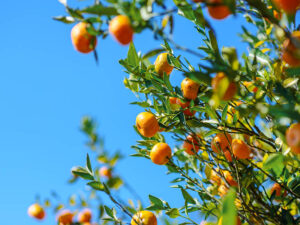
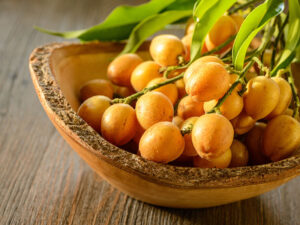
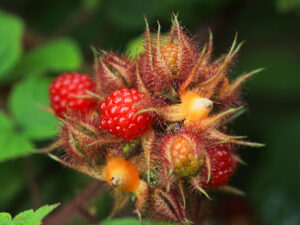
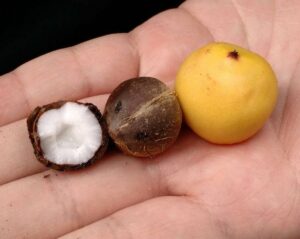
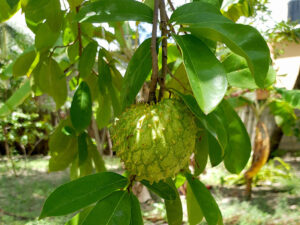
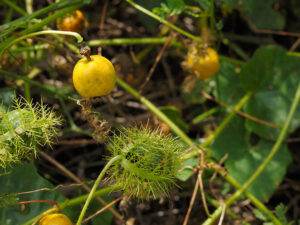
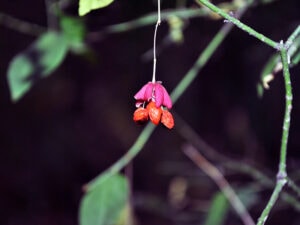
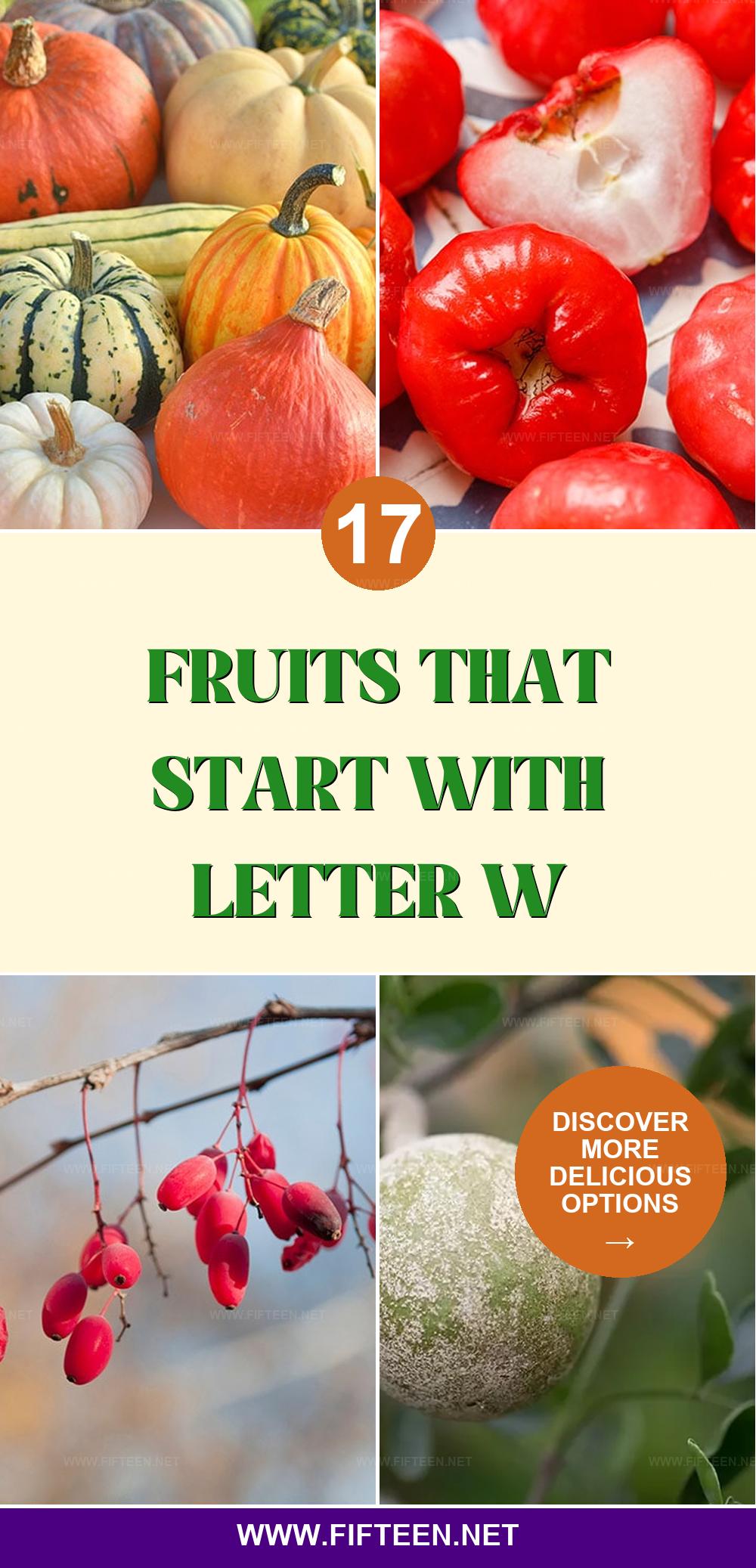
Jamie Scott
Editor in Chief, Senior Content Writer
Expertise
Home Cooking, Meal Planning, Recipe Development, Baking and Pastry, Food Editor, Cooking-video Maker, Western Food Evaluation Expert
Education
Le Cordon Bleu College of Culinary Arts
Local Community College, New York, NY
Jamie Scott is a skilled culinary expert and content creator specializing in Western cuisine. With over 15 years in the culinary field and formal training from Le Cordon Bleu, Paris, Jamie deeply understands how to blend nutrition with delicious flavors. His passion for cooking matches his commitment to making healthy eating accessible and enjoyable.
On Fifteen.net, Jamie brings a fresh perspective to classic dishes and beverages, offering readers insightful recipes, cooking tips, and a fresh view on meal planning that emphasizes taste, health, and simplicity.